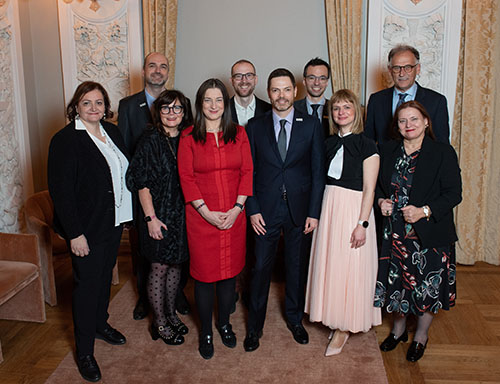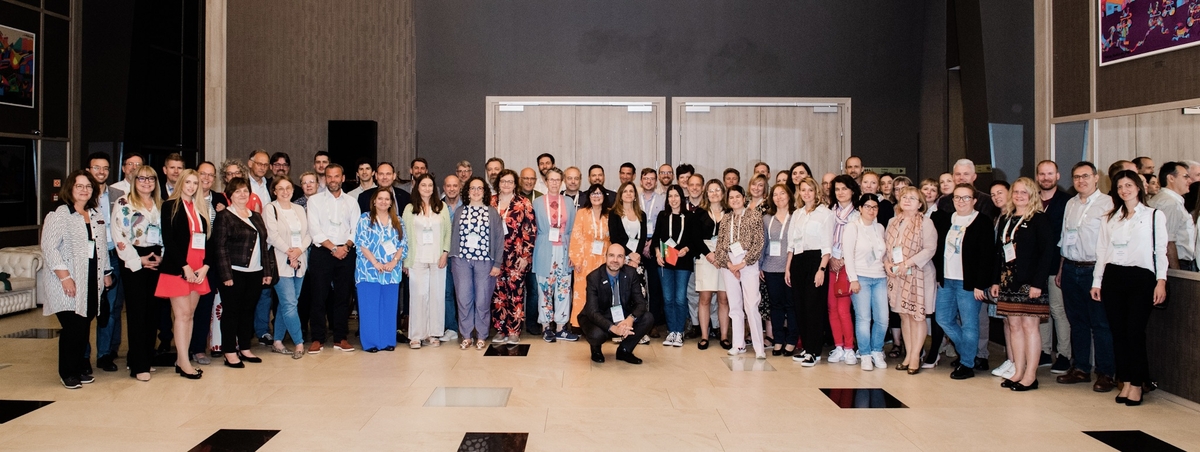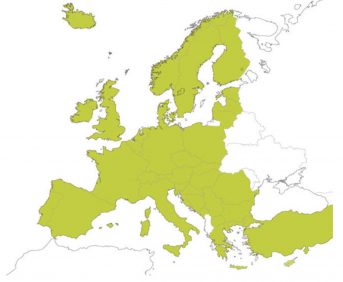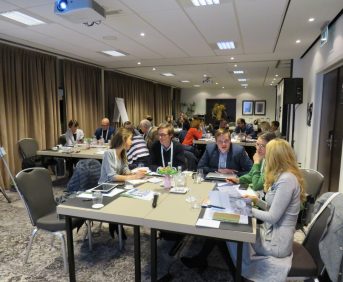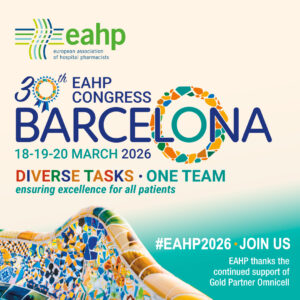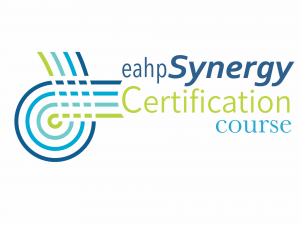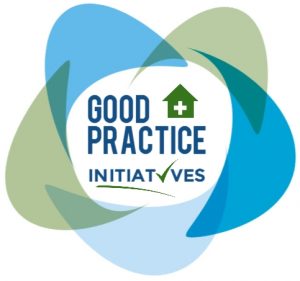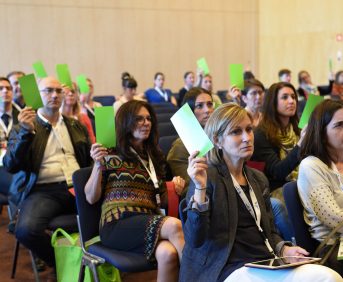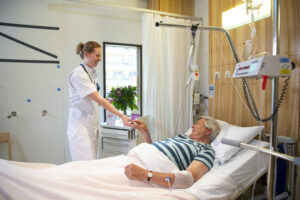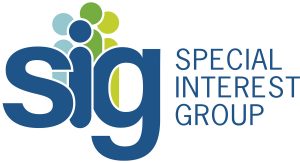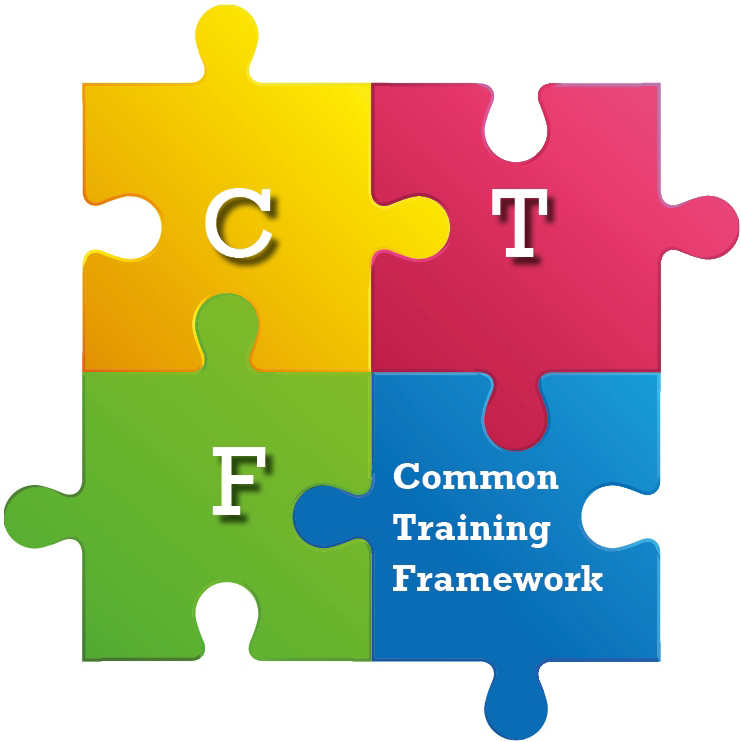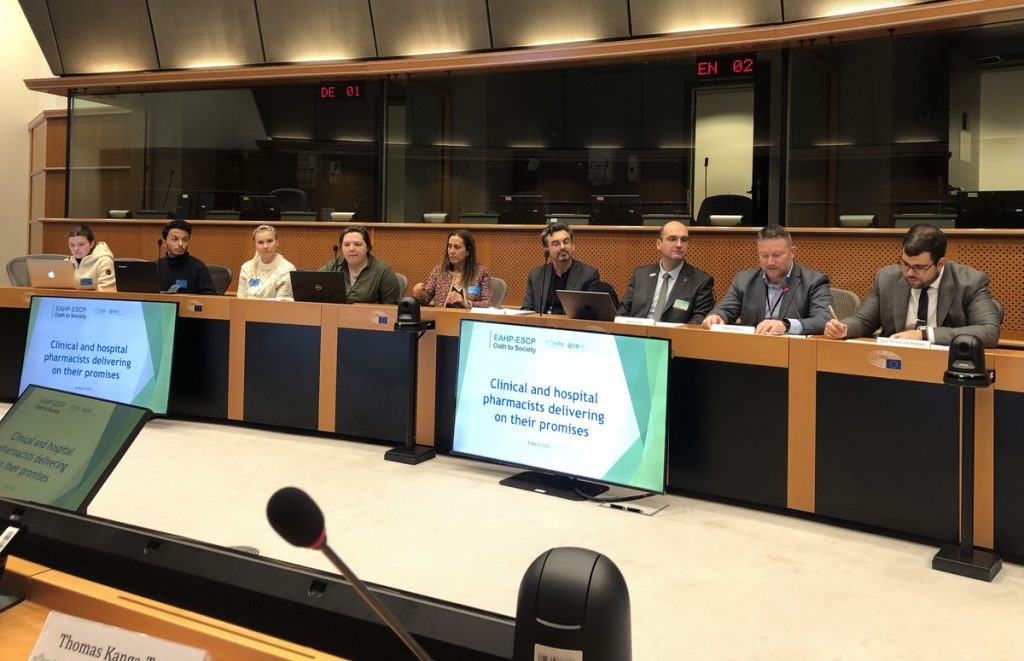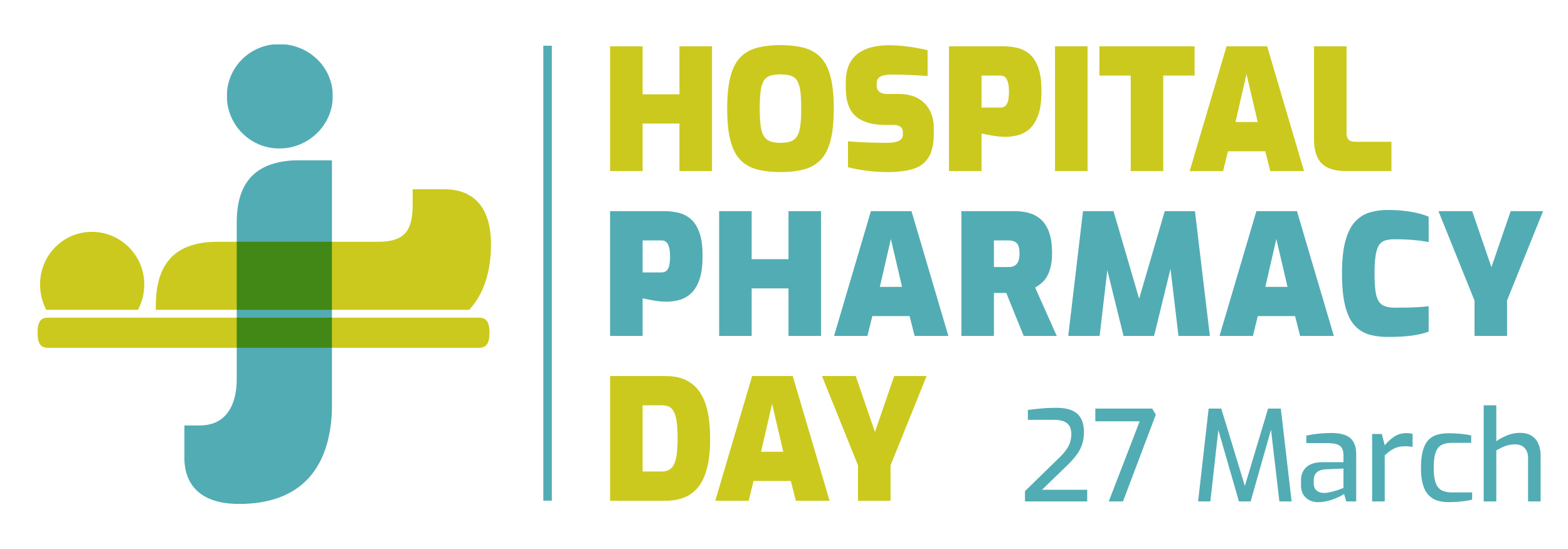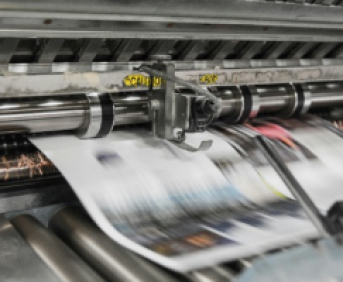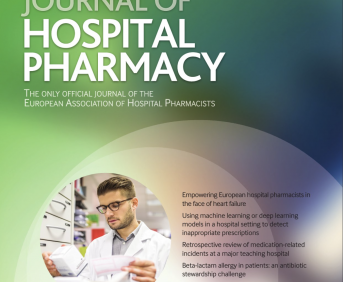On-line education for pharmacists about one pill killers
Pdf

European Statement
Education and Research
Author(s)
RAQUEL AGUILAR SALMERÓN, LÍDIA MARTÍNEZ SÁNCHEZ, ANNA MARIA JAMBRINA ALBIACH, NEUS RAMS PLA, MANEL RABANAL TORNERO, MARIA ÀNGELS GISPERT AMETLLER, MILAGROS GARCÍA PELÁEZ, NÚRIA PI SALA, SANTIAGO NOGUÉ XARAU
Why was it done?
HTDs in infants are defined as those that might cause severe or lethal poisoning in children. Some HTDs are considered “one pill killers”: those in which the ingestion of one unit, a single tablet or tablespoon, in an infant with a body weight of 10 kg, could be fatal. In Spain, there are 29 active ingredients (from seven therapeutic groups) considered “one pill killers”. Counseling and information are crucial activities developed by pharmacists that could help to avoid fatal intoxications.
What was done?
A virtual and interactive course for pharmacists was designed to improve knowledge about highly toxic drugs (HTDs) in infants and potentially fatal intoxications. The education platform integrates microlearning and gamification methodologies, and the course could be followed via web or smartphone.
How was it done?
A group of experts, including toxicologist paediatricians and clinical pharmacists, carried out a literature review and determined the toxic dose for HTDs. They also determined the number of units (considering the most concentrated presentation) needed to achieve the potentially fatal dose in a 10 kg infant. A virtual microlearning platform (Snackson®) was chosen, and specific training content was designed. It will be offered to community pharmacists by our Catalan Ministry of Health.
What has been achieved?
This project has enhanced the collaboration between the group of experts and the Catalan Ministry of Health. An agreement has been signed, and, in this frame, the educational activity has been offered (Autumn 2023) to 250 community pharmacists.
A list of HTDs has been published (DOI: 10.1016/j.anpede.2020.02.007).
A video was recorded, addressed to the general population to inform them about the existence of HTDs. This video is a divulgation tool with recommendations to prevent drug poisoning and is periodically broadcast in the waiting rooms of health centers.
(https://www.youtube.com/watch?v=uSHDRte7Nr8&t=14s).
What next?
The next objective will be to evaluate the impact of the training activity on community pharmacists and the usability of the virtual microlearning platform. Future plans also include the expansion of this education tool to other regions in Spain, and to explore the application of microlearning methodology to other areas of knowledge.
HANDLING OF HAZARDOUS DRUGS IN HEALTHCARE SETTINGS – HAZARD EVALUATION AND PROTECTIVE MEASURES RELATED TO EXPOSURE LEVELS
Pdf

European Statement
Patient Safety and Quality Assurance
Author(s)
Falko Schüllner, Martina Jeske, Martin Munz, Sabine Bischinger, Anna Reich
Why was it done?
The right handling of hazardous drugs in healthcare settings is essential to ensure occupational safety and health as the use and number of these potent drugs increase. In the last decades, protection at the workplace has become more important and several organizations analyze substances for this very reason. Although the antineoplastic drugs remain the principal focus, other drugs may also be considered hazardous because they are potent or cause irreversible effects.
What was done?
In this study drugs used in the University Hospital considered hazardous and to describe potential exposure values were evaluated in connection with exposure limits. A health risk assessment was conducted regarding protective measures related to exposure levels.
How was it done?
The National Institute for Occupational Safety and Health (NIOSH) assumes five categorizations with hazardous potential. According to their ATC-Code, substances from this categorization were listed. Findings of the European Chemicals Agency (C&L inventory), European Directorate for the Quality of Medicines & HealthCare, manufacturer’s guidance, European public assessment report, and safety data sheets were compared with categorization from the International Agency for Research on Cancer, NIOSH, Food and Drug Administration pregnancy categories, and publications from the German Berufsgenossenschaft für Gesundheit und Wohlfahrtspflege. The topic of exposure was divided into a determination of exposure limits in safety data sheets or in the “Grenzwerteverordnung” and into published information regarding exposure in healthcare settings. Monoclonal antibodies were examined separately. For risk assessment purposes, Stoffenmanager and other relevant tools were used.
What has been achieved?
717 substances were analyzed. 461 of them showed at least one probable hazardous or hazardous characteristic. It was possible to establish 177 threshold values, 124 for hazardous substances. The range of threshold values for the criterion “hazardous” was 0,015 μg/m3 – 10 mg/m3. Further research yielded a few public health publications referring to exposure values.It is hardly possible to quickly obtain information on the hazard potential of drugs, but C&L inventory has shown good results . Beside, there is a lack of data on exposure limit values, which is due to the difficulty in providing safety data sheets from manufacturers. As a result, exposure tools are not readily available for use by healthcare workers.
What next?
In an ongoing process every new drug will be evaluated towards the hazardous properties respectively associated exposure limits and communicated to the health care workers in the institution.
